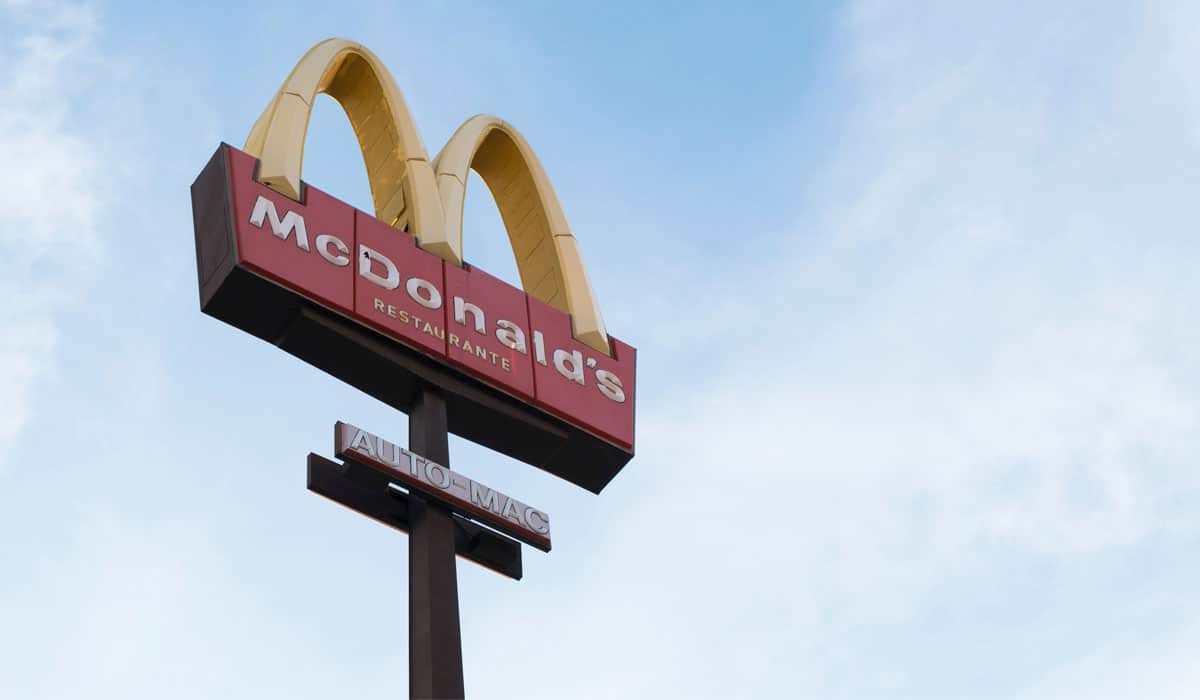California recently passed AB 257, known as the Fast Food Accountability and Standards (FAST) Recovery Act, in an effort to set pay and safety standards across the state. To summarize, the law calls for the formation of a 10-member Fast Food Council of workers to establish sector-wide minimum standards on wages, working hours and other working conditions related to the health and safety of fast-food workers. This group has the power to raise the minimum wage from $15 up to $22 next year, with jurisdiction over restaurant chains with more than 100 locations in California.
READ MORE: A War for Fast-Food Wages Takes Center Stage in California
This legislation is the first of its kind, leaving many quick-service restaurants with questions beyond just wage increases, including how to adjust their pricing model, health and safety standards, and growth strategies to adapt to changing labor environments. With both employees and consumers top of mind, what questions should restaurant leaders be asking about both opportunities to seize and risks to mitigate?
How can I maintain the consumer experience?
Critics of AB 257 cite pricing and affordability as an unintended outcome of the legislation. In an environment where food inflation and the rising cost of goods are already putting cost pressures on Americans, many consumers are at a tipping point when it comes to changing their eating and dining-out habits. Will the expectation of cost-effective, cost-efficient fast food shift consumer behavior? Quick-serves already operate with relatively low margins, and with the increase in labor costs, they’ll have no choice but to pass some costs onto the consumer. Restaurants will need to do scenario modeling to manage pricing, as not to exceed consumers’ thresholds, based on real-time demand and supply dynamics.
This could have a snowball effect on the consumer experience as price increases and potentially more automated interactions alter brand perception. Certainly, there are restaurants that have already implemented automated ordering and check-out with great success. However, not all restaurant experiences are created equal when you consider higher touch, fast casual chains that aim to differentiate on experience rather than price or convenience.
First, quick-serves must bridge the gap between driving efficiencies through automation and driving great experiences. Enabling an approach like an Experience-Led Consumer Journey can help companies transform operations to create a frictionless experience for the consumer from store to data to supply chain and beyond—to prevent the brand experience from suffering.
Second, companies should consider the entirety of transformation and automation opportunities, both front and back office.
What are the unintended opportunities the legislation presents?
As with any big change, AB 257 offers opportunities for those who have the foresight to plan for the future of the industry.
First, this progression presents an opportunity for restaurant operators to justify technology-focused transformations and investments. Operators might look for ways to automate customer interactions, such as automated drive-thrus and mobile app ordering, as well as back-office operations like forecasting. A common misconception is that automation reduces human interactions with customers, but this is not always the case and should be reviewed as part of the experience-led consumer journey. Automation might augment the experience in some areas and may be completely unknown to the consumer in others, like through supply chain replenishment and kitchen operations. Investing in automation allows businesses to boost their top line with fewer employees—who can then be sufficiently compensated. Further, advanced automation may also create a more frictionless experience for the customer-serving employee.
Second, the FAST Recovery Act could also spur a needed review of areas of underperformance, such as day part or menu rationalization, allowing quick-service brands to get creative in how they mitigate increased labor costs. For example, pare down their menu to the customer favorites, adjust opening and close times to meet customer demand, or eliminate slower day parts (e.g., breakfast, lunch or dinner). Leveraging a view of foot traffic, sales and revenue data by product and time backed by predictive analytics and modeling can help establish that the customer experience is enhanced, not hindered, by the FAST Recovery Act.
Finally, consumers are no longer only concerned with the product and their own personal experience with a company. It matters what the company stands for, how they treat their employees, their role in society, their stance on social issues … the list goes on. Companies that are seen as prioritizing health and safety, both for food and for employees, could have a brand edge in public perception.
Though it is just one state, California is not only one of the largest economies in the world, but also is often the “first mover” in regulation that is ultimately adopted by many other states across the nation. This law provides an example of sectoral bargaining in California that some think could spur a trend across the country, given its stronger approach to negotiating wages and benefits at the industry level.
While this legislation applies only to select quick-service concepts, application to any number of retailers such as gas stations, grocery stores, clothing stores, etc., or even industries beyond retail could quickly follow. Once the legislation is officially in effect and wages increase for workers, other retailers will likely feel the increased competition for these workers and make changes to adapt. As we evaluate the future of the industry, the FAST Recovery Act could have a pronounced domino effect.
The views reflected in this article are those of the author and do not necessarily reflect the views of Ernst & Young LLP or other members of the global EY organization.







